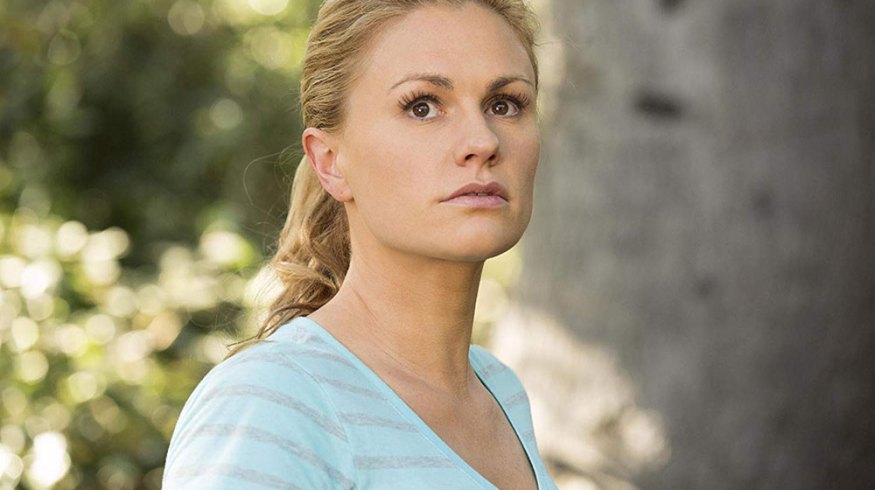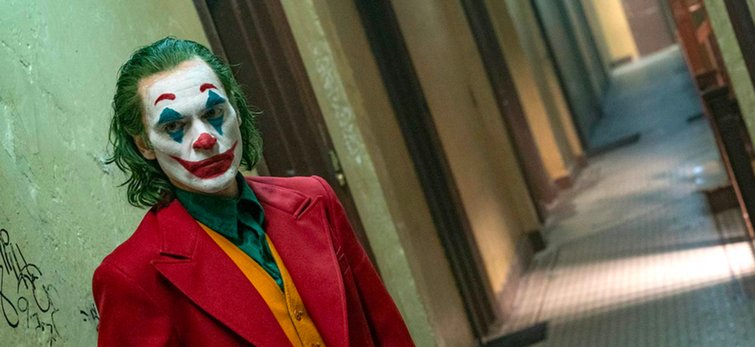
How Hollywood Gets the “Film Look” Using Digital Cameras
This article takes a look at the digital side of the film world, the importance of film grain, and the evolution of getting that “cinematic” look.
Film grain has a very different texture and appearance than digital noise. Film grain is the result of washing away the silver halide particulates that film uses to capture light, varying in size and geometry, depending on exposure, color, and the kind of film. It’s color-neutral. Noise, on the other hand, comes across as digital pixel clusters. It’s the result of the camera’s electronics boosting the incoming light signal from the sensor, and it can contain unwanted artifacts and patterns.
Film grain hearkens back to the Golden Age of celluloid and is reminiscent of the classic movies shot on film. Digital noise can often feel like an error in the digital signal.
Modern cinema cameras produce a very sharp image. Some consider it too clean — almost clinical. Film grain feels like the delicate hiss of a vinyl record. It adds atmosphere and helps unify the image.
Ever since digital cameras became the standard for cinema, with the ARRI Alexa, cinematographers have been looking for ways to add convincing grain to get the feel of film.

Joaquin Phoenix in Joker (via Warner Bros).
Perlin Noise
The first method Hollywood explored was to simply add Perlin noise — as some plugins still do. This gives a uniform grain pattern across the entire image. With real celluloid, the density of the grain varies from the lighter parts to the darker parts of the image, and it varies depending on the color channel that’s creating it. Perlin noise feels like a layer on top of the image rather than a part of it.
LiveGrain
The second major method was to scan real film, then overlay the scan on the digital image. This produced a better pattern, but it was still a separate element, and it didn’t integrate with the information underneath.
Suny Behar was disappointed with both of these methods, thus developed the technology known as “LiveGrain.” LiveGrain uses scans from several different film stocks at different density and color values, encodes them in a visually lossless proprietary codec, then analyzes each frame of the digital project, mapping the respective grain particulates to appropriate levels of brightness and color in each frame.

Michael Fassbender in Assassin’s Creed (via Twentieth Century Fox).
LiveGrain vs. Film
The final effect gives the impression of organic, living celluloid baked right into the image, with all the wonderful benefits of film. It smoothes the color and skin of the actors, producing a more forgiving, less-brittle image. It’s become an industry standard to better integrate CGI into live-action plates, allowing 3D (and other elements) to composite more believably into recorded footage.
LiveGrain also helps “sell” prosthetics and other makeup effects, hiding the lines and transitions — unifying the image.
LiveGrain is currently available for use in dailies and all the way through final color at many LiveGrain-certified post-production facilities worldwide. The reason for this is that the system, comprised of both software and hardware, has pretty hefty hardware requirements in order to run natively in real time (SAN Read speeds, multiple GPUs, etc.).
LiveGrain is an alternative to possibly shooting on film. As such, the price is competitive compared to film origination. If your project never intended to shoot on film, the cost may be more than you’d initially budgeted for. Since you license LiveGrain on a project basis (very much like Dolby when you want a Dolby Digital License), you can reach out to LiveGrain directly to get a quote.
While it’s currently out of reach for most smaller independent projects, there’s every indication that the technology will soon become more accessible, and directors at every level will be able to enjoy the celluloid aesthetic.
Cover image via True Blood (HBO).
Looking for more cinematography tips and tricks? Check these out.





